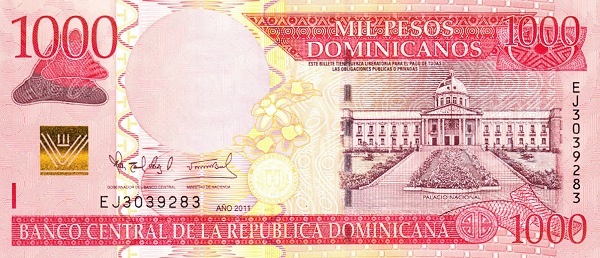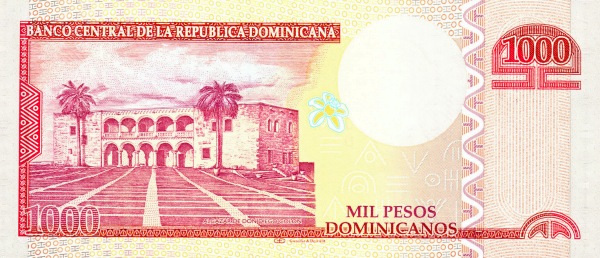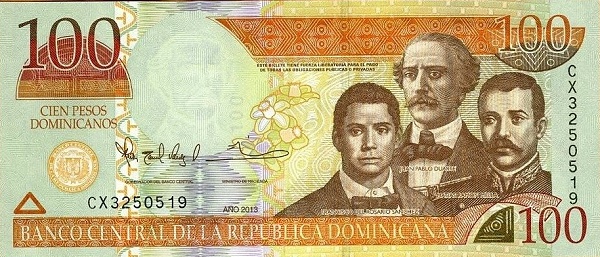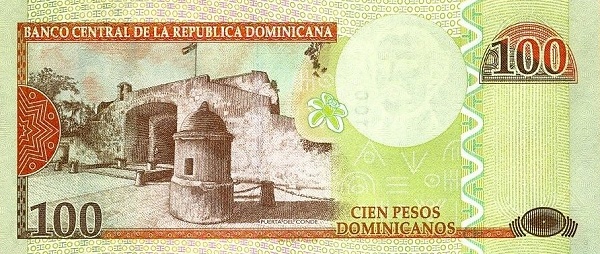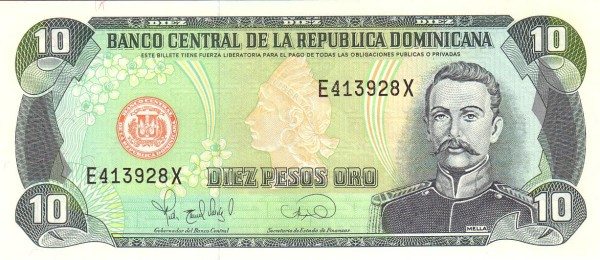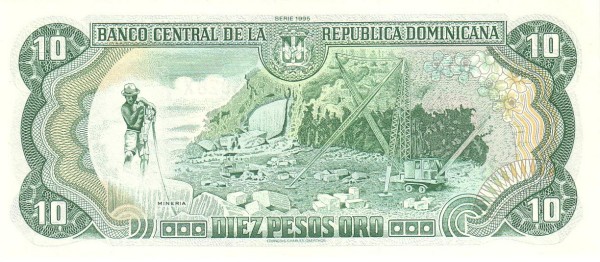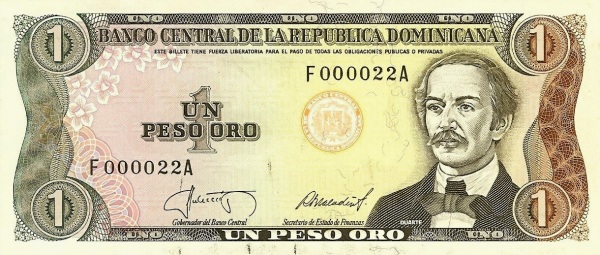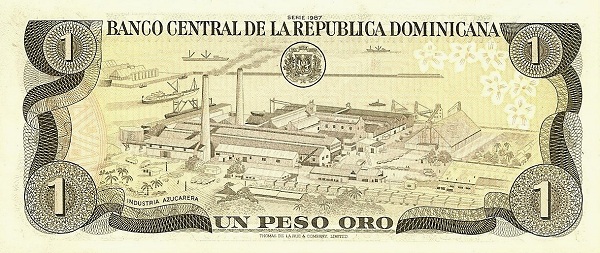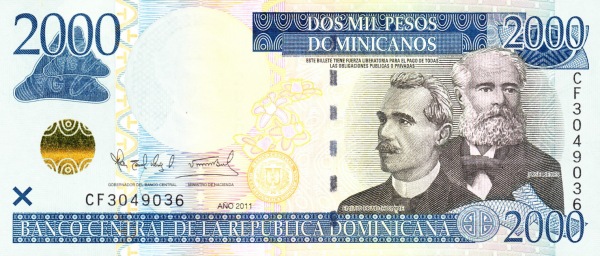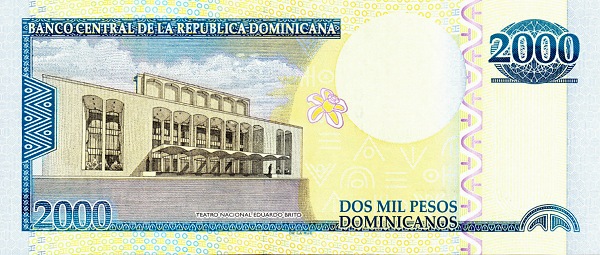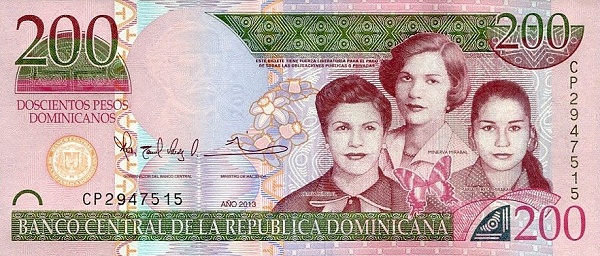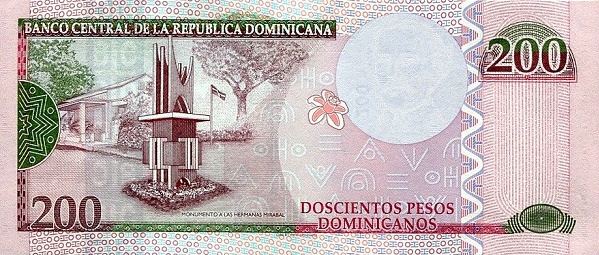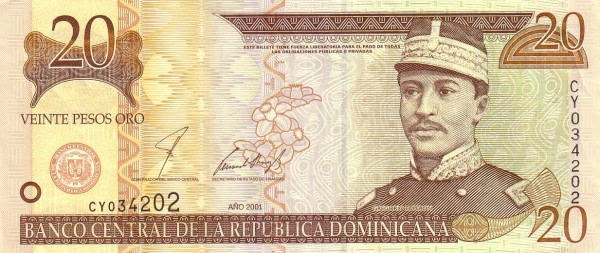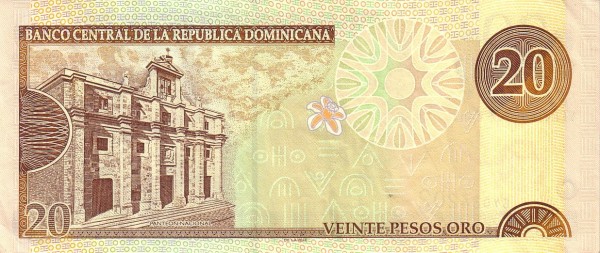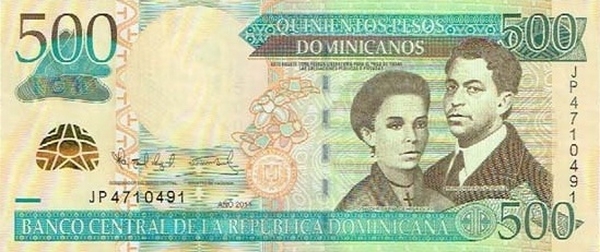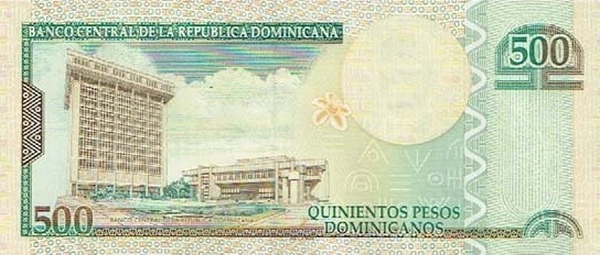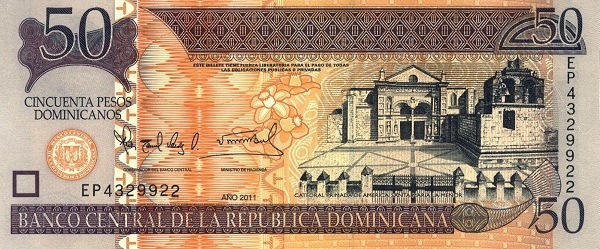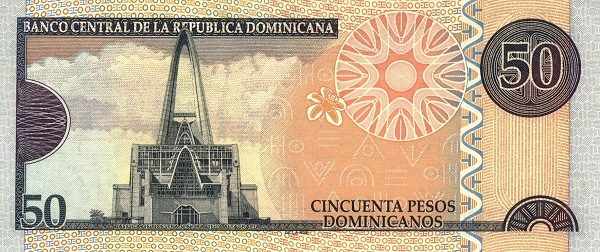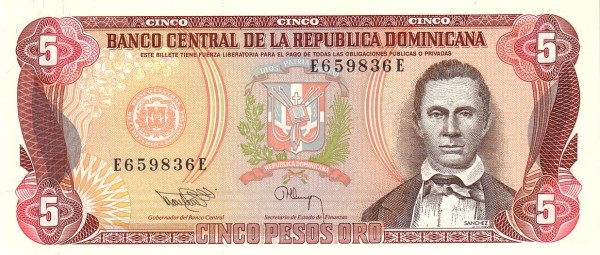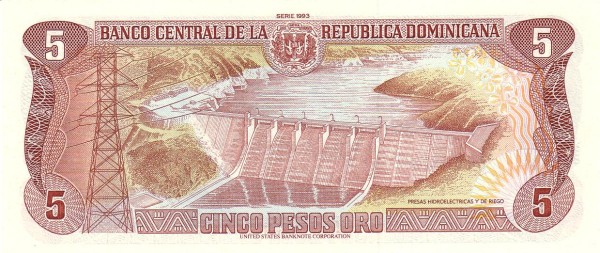Exploring the Dominican Republic: A Jewel of the Caribbean
The Dominican Republic, situated on the enchanting island of Hispaniola in the Caribbean, captures the hearts of many with its vibrant culture and stunning landscapes. This tropical paradise shares its land with Haiti and is bordered by the sparkling waters of the Atlantic Ocean to the north and the serene Caribbean Sea to the south. Spanning an area of approximately 48,310 km², the Dominican Republic is comparable in size to the European nation of Slovakia or the combined area of the U.S. states of Vermont and New Hampshire. With a population reaching around 10.7 million people as of 2022, the country boasts a rich tapestry of history and culture that awaits discovery.
A Glimpse into the History of the Dominican Republic
The roots of the Dominican Republic reach deep into pre-Columbian times when the island was home to the Tainos, an Arawak-speaking indigenous group. Fast forward to 1492, when Christopher Columbus first set foot on this land, claiming it for Spain. Over the next decades, the island experienced occupation by both Spanish and French powers, which drastically altered its demographic landscape. Unfortunately, the arrival of these colonizers had devastating effects on the Taino population, reducing their numbers from approximately one million to a mere 500 within fifty years. In contemporary times, the Dominican Republic is primarily populated by individuals of mixed European and African descent, which has profoundly influenced the nation’s cultural practices, particularly in music.
Cultural Significance of the Dominican Republic
A notable aspect of the Dominican identity is its celebrated music genre, Merengue, which embodies the rich African heritage of the country. This rhythmic and lively music often serves as a backdrop for festivals and social gatherings, further solidifying the Dominican Republic as a hub of cultural expression. Additionally, the country takes pride in its art, cuisine, and traditional dances, all of which reflect the harmonious blend of its diverse influences.
Geography and Natural Beauty
Remarkably, the Dominican Republic features diverse geographical landscapes that range from stunning beaches to lush mountains. One can explore the breathtaking Parque Nacional del Este, where crystal-clear waters intertwine with vibrant coral reefs, making it an ideal setting for snorkeling and diving. In contrast, the mountainous terrain in the Cordillera Central offers hiking opportunities that reveal panoramic views you won’t want to miss. Whether you seek relaxation or adventure, the Dominican Republic provides countless options for exploration.
Political System and Governance
As a representative democracy, the Dominican Republic operates under a multiparty system. The president, who serves as both the head of state and head of government, executes executive power. Legislative authority resides in the National Congress, which consists of two chamber: the Senate and the Chamber of Deputies. Notably, the judiciary acts independently, maintaining a balance among the branches of government. This structure ensures that the voices of its citizens find expression through their elected representatives.
Festivals and Celebrations in the Dominican Republic
Among the many enchanting aspects of life in the Dominican Republic are its vibrant festivals. Each celebration holds cultural significance and often showcases the country’s rich heritage. For instance, the Merengue Festival, held annually in Santo Domingo, transforms the city into a lively celebration of music and dance. During this event, locals and tourists alike unite to enjoy captivating performances and delicious food, embodying the essence of Dominican culture.
Adventure Awaits!
Beyond cultural festivities, the Dominican Republic offers exhilarating outdoor activities that attract adventure enthusiasts. Thrill-seekers can partake in zip-lining through the lush rainforests or embark on exhilarating white-water rafting journeys. The nation’s geographic diversity ensures that nature lovers will find countless trails for hiking and exploration, each unveiling spectacular scenery and a chance to connect with the environment.
Tourism: An Economic Cornerstone of the Dominican Republic
Tourism plays a pivotal role in the Dominican economy. Annually, millions of visitors flock to its picturesque beaches and luxurious resorts, basking in the tropical sun. Popular tourist destinations, such as Punta Cana and Puerto Plata, offer all-inclusive experiences that cater to every traveler’s needs. The tourism industry not only supports local businesses but also creates job opportunities for countless Dominican families.
The Gastronomic Delights of the Dominican Republic
Moreover, the culinary scene in the Dominican Republic delights the senses. Traditional dishes like Sancocho, a savory stew, and Mangu, a delicious mashed plantain dish, showcase the rich agricultural bounty of the land. Each meal tells a story of the country’s history and cultural fusion, leaving a lasting impression on anyone who experiences Dominican cuisine. Dining becomes not just a necessity, but a memorable chapter in one’s stay.
Conclusion: Embracing the Essence of the Dominican Republic
In summary, the Dominican Republic stands as a captivating destination, filled with rich history, vibrant culture, and natural beauty. From its diverse landscapes to its lively celebrations, the spirit of the Dominican Republic resonates through every corner of the nation. Whether you find yourself dancing to the infectious rhythms of Merengue or savoring the exquisite local cuisine, the Dominican Republic holds a treasure trove of experiences waiting for you to explore.
Largest cities of: Dominican Republic
| City Name | Population | Year of foundation | |
| Santo Domingo | 1,000,000 | 1496 | |
| Santiago | 550,000 | 1496 | |
| San Cristóbal | 200,000 | 1496 | |
| La Romana | 150,000 | 1897 | |
| San Pedro de Macorís | 150,000 | 1890 | |
| Bonao | 100,000 | 1496 | |
| Moca | 100,000 | 1496 | |
| Puerto Plata | 100,000 | 1496 |
Dominican Republic: Money
